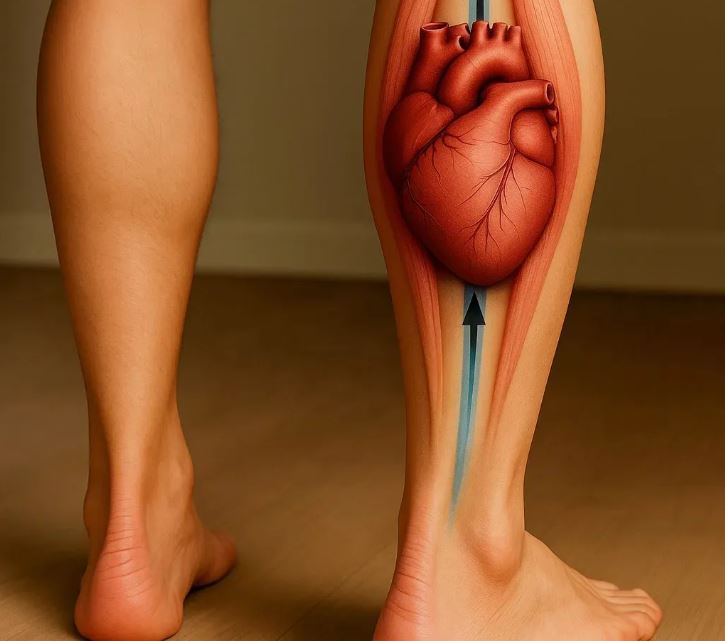
Sayer Ji writes:
For more than a decade, I’ve been immersed in documenting the therapeutic potential of lifestyle practices. Through GreenMedInfo, I’ve curated over 1,000 peer-reviewed studies on exercise alone, spanning 280 distinct health conditions ranging from depression and dementia to diabetes, cancer, cardiovascular disease, and osteoporosis.1
The consistent message from this body of evidence is that exercise is medicine in the truest sense. Unlike pharmaceuticals, which typically act on one pathway at a time, exercise orchestrates a symphony of benefits across multiple systems simultaneously: lowering inflammation, improving vascular health, balancing hormones, supporting brain function, enhancing immunity, and so much more.
But while I knew exercise was a keystone for health, one mystery lingered. Why does walking—the most basic, natural, and low-intensity form of exercise—deliver such profound and wide-ranging effects? Why would simply accumulating steps rival high-intensity training or sophisticated interventions in protecting against chronic disease and premature death?
I did not have a satisfying answer—until now.
A Landmark Study and Its Simple Message
On August 4, 2025, epidemiologist Nicolas Hulscher, MPH, published a clear summary of a landmark Lancet Public Health meta-analysis:
Walking around 7,000 steps per day cuts the risk of dying from any cause by nearly half. It also significantly lowers the risks of cardiovascular disease, dementia, depression, diabetes, and cancer mortality.
This study pooled data from nearly a million participants across 24 cohorts worldwide—the most comprehensive analysis of step counts and health outcomes to date. The numbers were staggering:
- 47% lower risk of all-cause mortality at ~7,000 steps/day compared with 2,000
- 25% lower risk of developing cardiovascular disease
- 47% lower risk of dying from cardiovascular disease
- 37% lower risk of cancer death
- 14% lower risk of type 2 diabetes
- 38% lower risk of dementia
- 22% lower risk of depression
- 28% lower risk of falls
The benefits started with as little as 3,000–4,000 steps and grew progressively stronger, plateauing around 7,000 for some outcomes but continuing toward 10,000 for others.
It was exactly the kind of validation public health officials have long sought: a clear, evidence-based threshold that people can understand and act upon.
But for me, it did more than affirm the importance of walking. It supports my ongoing thesis that the primary reason walking is so potent lies in a little-known physiological marvel—the soleus muscle, the “second heart you never knew you had.”
https://sayerji.substack.com/p/the-second-heart-you-never-knew-you
